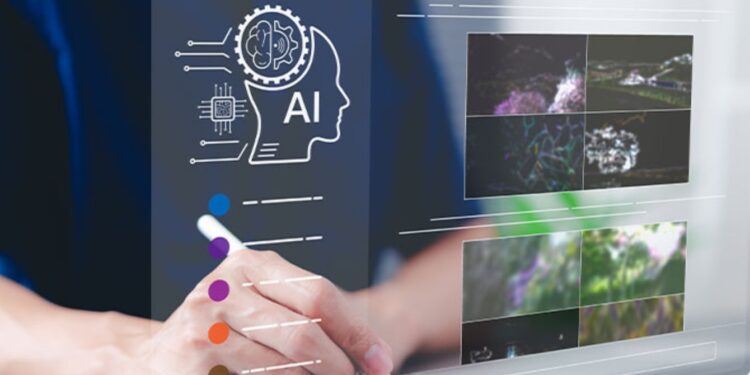Despite the emergence of tools designed to safeguard artists’ work from unauthorized use by AI models, new research reveals that these protections are not as robust as previously believed, leaving creators vulnerable. A collaborative study by researchers from TU Darmstadt, the University of Cambridge, and the University of Texas at San Antonio has demonstrated a novel method, “LightShed,” that can effectively circumvent popular AI art protection tools like Glaze and NightShade.
The rise of generative AI has sparked significant concerns among artists. AI models are trained on vast datasets, often incorporating copyrighted material without explicit consent, leading to the imitation of unique artistic styles. Tools like Glaze and NightShade were developed to combat this by embedding subtle, invisible distortions—known as “poisoning perturbations”—into digital images. Glaze aims to hinder an AI’s ability to extract stylistic features, while NightShade goes further, actively corrupting the learning process by associating an artist’s style with unrelated concepts. These tools have gained considerable traction, with millions of downloads, and have been featured in major media outlets.
However, the “LightShed” method developed by the researchers can detect, reverse-engineer, and remove these protective distortions, rendering the images usable again for training generative AI models. In experimental tests, LightShed achieved a 99.98% accuracy in detecting NightShade-protected images and successfully stripped away the protective measures.
The researchers emphasize that LightShed was developed not to undermine artist protections but as a critical “wake-up call” for the industry. “Our goal is to collaborate with other scientists in this field and support the artistic community in developing tools that can withstand advanced adversaries,” stated one of the researchers. This discovery highlights the urgent need for more resilient and adaptive protective measures in the rapidly evolving landscape of AI-powered creative technologies.
The ongoing legal battles, such as Getty Images’ lawsuit against Stability AI for alleged copyright infringement in training data, underscore the seriousness of unauthorized use. While copyright law traditionally protects specific expressions rather than artistic styles, the ease with which AI can mimic styles reignites debates about how to adequately protect human creativity in the digital age. As AI continues to integrate into the art world, the findings from this study stress the immediate need for stronger, co-evolving defenses to ensure creators can protect their intellectual property.
















